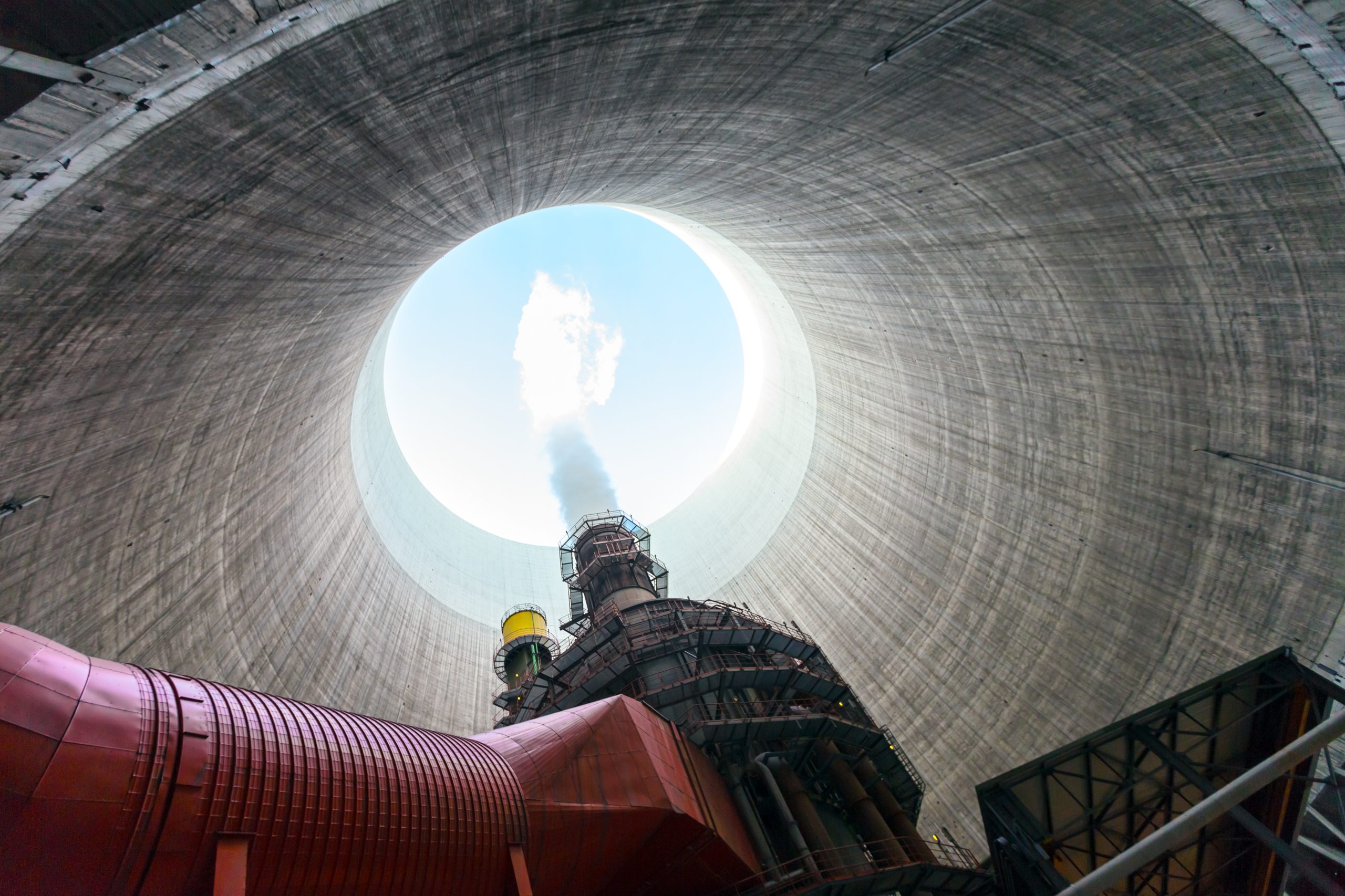Is Green Hydrogen the Future of Heating? – First EU School With a Clean Hydrogen Boiler

The project has got a warm welcome. But is green hydrogen the solution to decarbonising global heating systems?
The public high school of Antonio Meucci in Carpi looks much like any other in Europe: a hub of students eagerly awaiting lunch breaks, professors navigating peaks of motivation and resignation, while janitors run the halls.
But tucked away in a distant corner of the schoolyard, a mysterious fenced structure emerges from the trees. Accessible only to specialized technicians, a panel on the structure hints at its purpose: H2 Hydrogen. This building contains the first green-hydrogen-powered boiler to heat an EU educational site, and it has zero emissions potential.
So, how does a green hydrogen boiler work? And could this technology revolutionise our heating systems, making them more sustainable? To find out, Euronews Green headed to Carpi to talk to the protagonists of the projects, and spoke to experts on the pros and cons of hydrogen-powered heating.
The potential of green hydrogen boilers
Meucci’s green-hydrogen boiler was designed in 2020 by Coopservice, the winning applicant of a call for proposals organised by the province of Modena. The project started on 20 January 2023, garnering widespread acclaim for its forward-thinking approach.
The timing aligned with the European Union’s growing interest in hydrogen. The launch of the EU’s Green New Deal and Russia’s invasion of Ukraine inspired member states to explore more sustainable and energy-efficient alternatives to fossil fuels.
And that’s when green hydrogen emerged as a potential solution. Produced from renewable sources, green hydrogen does not pollute and it simplifies the transportation and storage of energy. The new fuel is the focus of many European financial schemes for the energy transition, aimed at lowering its high production costs.
Spain and Germany are among the most promising EU countries in green hydrogen production, but Italy is also playing its part, developing projects like Meucci’s boiler.
How do green hydrogen boilers work?
This system heats the high school gym thanks to a chemical process called electrolysis.
“Green hydrogen is produced from the renewable energy generated by the photovoltaic [solar] park which we built on the roof of the gym,” explains Annalisa Vita, the engineer behind the project.
“This renewable energy sets off the electrolysis, which means that it splits water into oxygen and hydrogen. Oxygen is liberated into the air, while hydrogen is stored in a container.”
Thanks to hydrogen’s storage capability, a green hydrogen boiler is more reliable than simple renewable heating.
“On grey days, solar panels alone don’t generate much energy. But hydrogen allows us to store surplus energy from sunny days and use it during winter,” Vita explains.
This characteristic is well suited for northern Italian cities like Carpi, where the winter sky is often covered in clouds and fog. The hydrogen-driven boiler has another advantage: it does not need to create any emissions.
“Meucci’s boiler, along with 20 other energy projects in Modena province, is expected to reduce CO2 emissions by 717 tonnes per year, equivalent to the CO2 emitted by 700 cars in a year,” Vita says.
Again, this point is particularly significant for Carpi, located in the polluted Po Valley. While visiting the school, the local administration extended emergency measures in response to alarming air quality data.
So, there are ups and downs with this project, but it surely gives a new perspective for the future.

